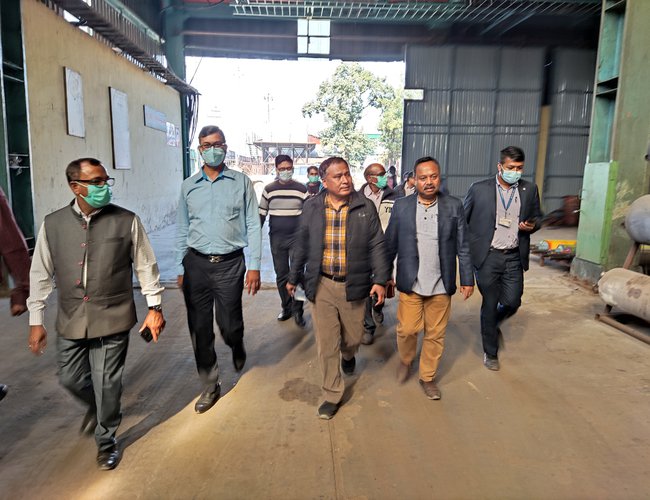
Although it was an official holiday, Kul Man Ghisin, Managing Director of Nepal Electricity Authority, was in an inspection tour to Nala of Kavre district. He inspected the construction work of a transmission line project.
It was not the first time he was travelling on the government holiday. During the regular office hours, MD Ghising has been spending most of his time in administrative and managerial roles and he has been using the regular holiday and public holiday to inspect projects and other activities of NEA across the country.
This has helped many projects facing obstruction and delay for years to complete sooner. His regular inspection visits also provide him an opportunity to know the ground reality and public perceptions. Since his appointment as the managing director in August, MD Ghising has spent most of his time in NEA’s management and operational sites.
When MD Ghising joined NEA for the second time as MD, there were heap of the problems. The achievement made during his first four-year tenure was in the process of disappearing. Tackling high electricity leakage, wastes of surplus electricity worth of over billion rupees, obstructions in the transmission line and distribution problems, MD Ghising has attempted to settle these issues one by one.
With five months of planning, NEA has brought down the leakage below 14 percent, connecting electricity to big cement factories including Hongsi and industrial corridors, Ghising has already created a market for over 500 MW of electricity. This will likely help NEA to consume its surplus energy in rhe coming wet season and make a profit.
In just a matter of six months, his efforts have paid off, completing two transmission line projects supported by Indian Exim Bank and some backed by Asian Development Bank.
He also visited Hetauda to clear the obstruction created to World Bank supported 400 kV Hetauda Inaruwa Transmission line project. His visit also eased the obstruction in 200 kV Chilime-Trishuli Transmission line project, the life line to evacuate electricity from Sanjen, Sanjen II and Rasuwagadhi hydro-electricity projects.
Thanks to MD Ghising’s managerial skills, NEA is now using its own power stations to meet the high value demand during the peak time and importing electricity from India in normal time. By taking this step, NEA has been saving millions of rupees.
With backing and support from Minister for Energy, Water Resources and Irrigation Pampha Bhusal, MD Ghising has also been amending NEA by-laws recently, allowing charging facilities for electricity vehicles at household level.
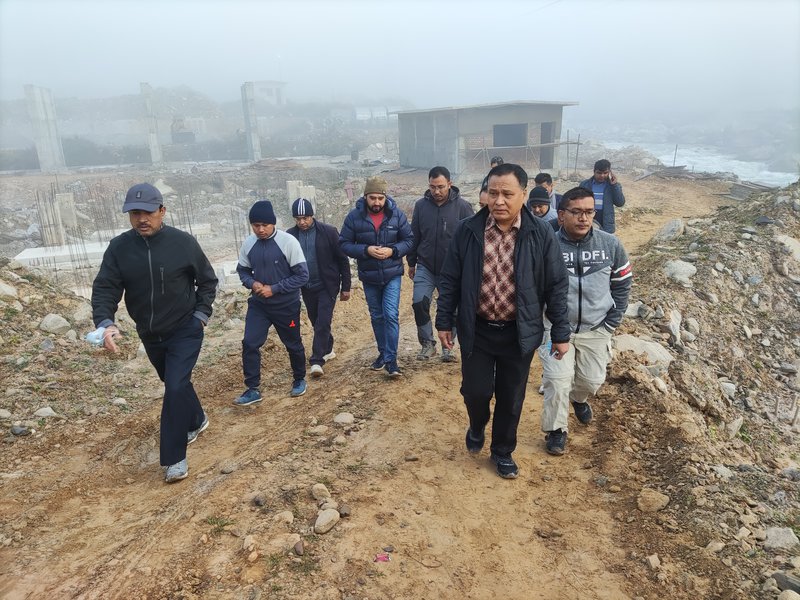
Like MD Ghising, Minister Bhusal is also keen to see the result from her work. This is the reason she backed the amendment of by-laws, which is one of the major steps in reforming NEA’s overall capacity.
“Electricity Distribution Bylaws, 2078 BS is going to be a game changer in the supply, distribution and improvement of quality of the supply of electricity to the consumers,” said MD Ghising.
The bylaws endorsed by the 892nd meeting of the NEA Board of Directors on January 4, 2022 have now come into effect.
One of the important provisions in the bylaws is allowing the customers to charge a vehicle with a separate meter of larger capacity in their home compound if the vehicle cannot be charged without the approved load for domestic use.
With the new by law, NEA has decided to provide electricity along with transformers to encourage large investment in electric charging stations.
The power utility has made arrangements to provide meters to the customers if they demand a separate meter for charging electric vehicles at home through the Electricity Distribution Bylaws, 2078 BS.
MD Ghising said that the new customer-friendly electricity distribution bylaws have been implemented to provide electricity service quickly, easily and at cheaper rate and to increase electricity consumption.
"In the past, there was an attempt to ban everything as there was load-shedding. Now, with the end of load-shedding, it is imperative to increase the consumption of electricity generated in the country. With this in mind, we have implemented new bylaws to provide reliable and quality service to the customers as per the demand and to increase the power consumption as well,” said Ghising.
"We are reducing electricity tariffs to increase consumption. We are also trying our best to make the service customer-friendly by facilitating it."
Through the bylaws, the NEA has implemented policies for construction and operation of charging infrastructure for electric vehicles.
It is mentioned that permission will be given to the approved body / firm / person / company to set up public charging stations in private houses, offices, firms / companies / institutions, private and public places and private real estate.
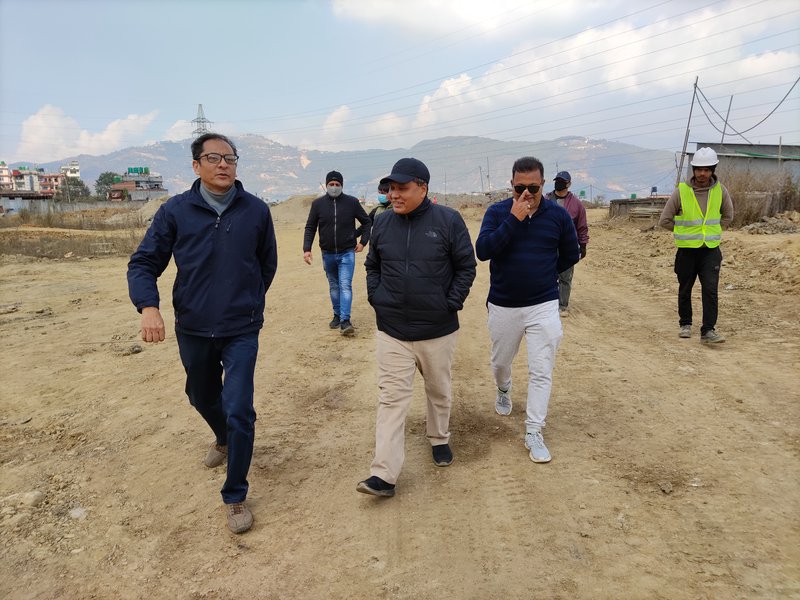
Institutions operating public charging stations in major urban areas will be given priority, said the NEA.
In addition, the government, public institutions and the local levels will be given priority if they want to operate a public charging station.
The provision has also been made to set up a public electric vehicle charging station on public land with the approval of the government.
"The NEA will provide electricity service, including transformers, to the service providers setting up charging stations with electricity demand up to 200 KV. In the case of charging stations with higher demand, the work of HT line will be done by the Authority but the rest of the work including transformer connection will be done by the service providers," he said.
A separate electricity tariff has also been introduced for charging stations.
The NEA has also provided facilities for milk moistening centers and cold storages run by cooperatives and drinking water and irrigation operated by cooperatives or communities.
The NEA will supply power from its own transformers to such customers whose demand is up to 200 KV.
This will reduce the cost of purchasing transformers for such customers and they will benefit from this facility, said Ghising.
“Previously, customers had to purchase transformers at their own expense if they had to take loads of up to 50 KV and above from the NEA's transformers. We have now tried to provide relief to the customers by removing it and providing power supply to the industries carrying load up to 100 KV from the transformers of the Authority," he added. "If the load is more than 100 KVA, the customers have to buy the transformer themselves."
Earlier, only 50 per cent of the capacity of the available transformer was supplied with electricity, but now such a ceiling has been removed. The NEA has made an arrangement to cut the line of the house of the customers who charge higher tariff than specified by NEA to the tenants.
The NEA has made arrangements to cut the line of such households if it is found that they have collected more charge than the stipulated tariff from the tenants.
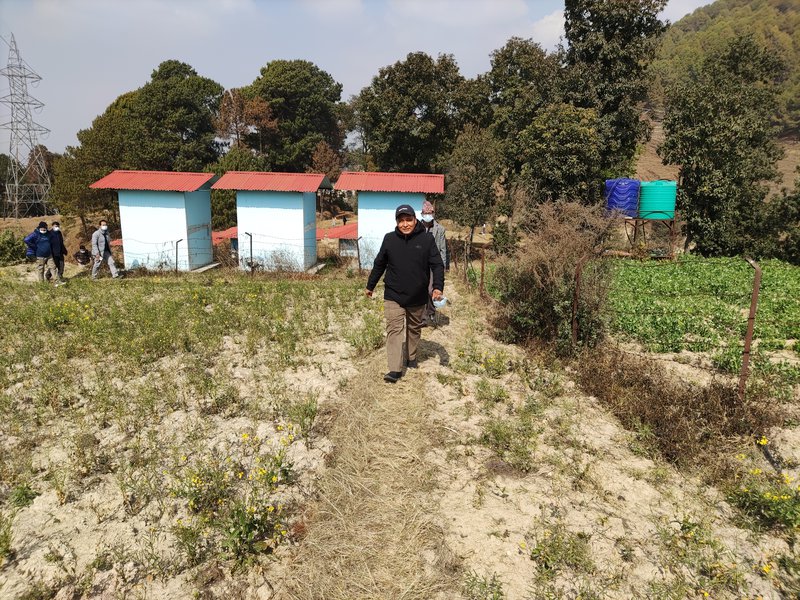
Arrangement has also been made for the tenants to get electricity service by keeping a separate meter after fulfilling certain conditions. With such an arrangement, even the consumers living in rented houses will be able to consume affordable electricity services like other customers.
Arrangements have also been made in the bylaws to provide electricity service to the consumers living in apartments, mostly residential buildings, and colonies if the prescribed conditions are met.
At present, the apartments have been taking electricity from NEA and supplying it to the occupants at a high cost.
Ghising said that the electricity consumption would increase due to the increase in the use of electronic equipment as the occupants of the apartment could now get electricity directly from the NEA by taking a meter.
Arrears in installments
The customers who have arrears of electricity tariff will be able to pay in installments.
Customers who have been blacklisted for non-payment of electricity tariff will be able to pay it in up to 12 installments to reconnect the electricity.
Gandak To Parasi 33 kV Double Circuit Transmission Line Completed
Nepal Electricity Authority (NEA) Managing Director Kul Man Ghising said that the power supply problem of the industrial areas could be solved as soon as both the transmission lines came into operation.
Inspecting the completion work of 27 km 33 kV double circuit transmission line from 132/33 kV substation in Gandak to Parasi, he said that power shortage in the areas has come to an end.
Constructed by NEA, the 19-kilometer single circuit transmission line has been completed and brought into operation within two months.
"The industries in the area were forced to operate turn by turn for some time during the summer season due to insufficient power supply for lack of transmission lines. Now this situation has come to an end and the industry can get electricity as per the demand," said Ghising.
"A 132/33 kV Sunwal substation is under construction to supply electricity to the industries operating in the Sunwal area. The construction of the substation will be completed by next April /May. After that, an additional 90 MW can be supplied to the industries and the supply will be more reliable with quality.”
After visiting the area a few months ago, Ghising had directed the NEA Regional Office, Butwal and Butwal Grid Division to expedite the construction of Butwal-Jamire transmission line targeting industries of the Sunwal area.
The 19-kilometer single circuit transmission line has been completed and brought into operation within two months, said Nawaraj Ojha, director of the provincial office, Butwal.

The problem of inadequate power supply to Parasi and Sunwal industrial areas of Nawalparasi is likely to be resolved forever. That’s because 24-hour power has been ensured to all industries operating there.
The Gandak-Parasi 33 kV double circuit and Butwal-Jamire (Sunwal) 33 kV single circuit transmission line constructed by Nepal Electricity Authority (NEA) have been brought into operation.
Industries, including Laxmi Steels, Palpa Cement and Sarbottam Cement are operating in the Sunwal area. Those industries have demanded more electricity to increase their capacity, while other new industries are also opening in the area.
"Electricity can now be supplied from three 33 kV circuits, including the old one and the two constructed at Gandak Parasi. Due to the shortage of electricity, the industries in the Parasi area will no longer have to run alternately," said director Ojha.
The electricity would be supplied to Gandak substation from Bardaghat through 132 kV transmission line from India if required.
The NEA is running a campaign to strengthen the transmission and distribution system and expand the infrastructure with short-term and long-term plans to increase the domestic consumption of electricity produced in the country.
NEA Reduces Electricity Leakage By 2.82 Percent
With the massive mobilization of all technical teams backed by local administration, Nepal Electricity Authority (NEA) is able to reduce the electricity leakage to 9. 10 percent in the first five months of the current fiscal year 2021/22.
According to NEA, it has reduced the accumulated leakage by 2.82 per cent in distribution during the first five months of the current fiscal year as compared to the same period last fiscal year thanks to the regular campaign for power supply and control of technical and non-technical leakages.
The leakage in distribution by the first five months of last fiscal year (till December) was 11.92 per cent.
Managing Director of NEA Kul Man Ghising said that the entire team was mobilized to bring down the leakage below the target by making the technical and non-technical leakage control steps more effective.
Ghising said that the leakage fell due to the completion of construction of new substations, upgrading of existing substations, increase in power consumption in the industrial areas and reduction in unit billing of customers by making meter reading more effective.
"The leakage has been reduced due to regular monitoring and action to control power theft, including hooking, strengthening of overloaded substations and construction of new substations, changing of conductors and transformers and other works," said MD Ghising.
"Once the summer season starts, the leakage may increase again, so work is being done to reduce the leakage below the target."
The largest part of the power leakage was noticed in distribution system. The NEA has set a target to reduce the overall system leakage to 15.5 per cent and distribution leakage to 9.5 per cent in the current fiscal year.
According to NEA, among the distribution centers under the NEA's seven provincial offices and two provincial division offices, the highest power leakage is recorded under the Provincial Office, Janakpur of Madhes Province.
The overall electricity leakage of 23 distribution centers under the Provincial Office of Janakpur was 12.99 per cent.
It was 17.36 per cent during the first five months of the previous year. The Malangawa distribution centre in Sarlahi has the highest leakage of 43.82 per cent, said the NEA.
Last year, the power leakage in Malangawa distribution centre was 10.17 per cent.
The power leakage at Simraungadh distribution centre in Bara is 39.80 per cent. Last year, the leakage rate there was 53.07 per cent.
The leakage of Jaleshwor distribution centre in Mahottari has fallen to 37.61 per cent. The leakage of electricity at Simara distribution centre in Bara is 0.48 per cent due to the large number of industrial customers.
The Inaruwa distribution centre in Sunsari has the highest leakage of electricity among the 24 distribution centers under the Provincial Office of Province-1, Biratnagar.
Out of the six distribution centers under the Provincial Division Office Hetauda under Bagmati Province, Palung distribution centre has the highest leakage at 30.11 per cent.
Of the 20 distribution centers under the Bagmati Provincial Office, Kathmandu, Sindhupalchowk distribution centre has the highest leakage of 31.93 per cent.
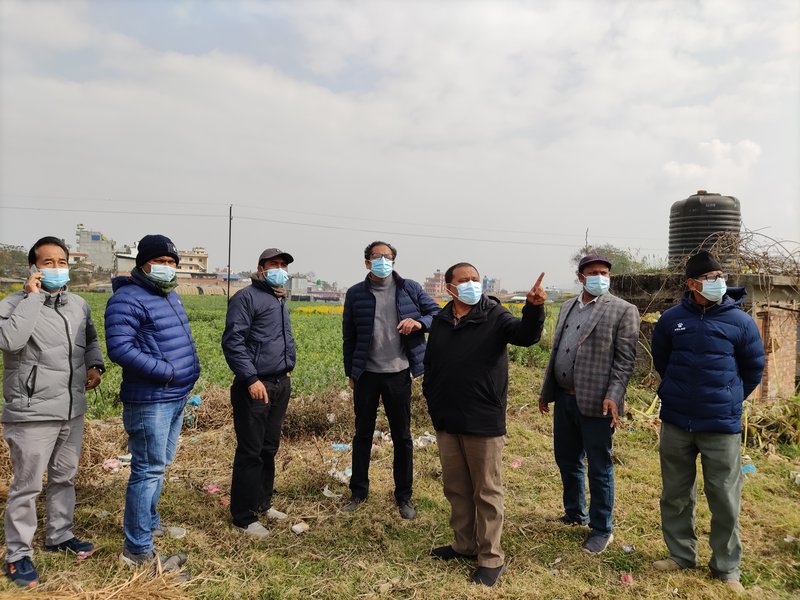
Likewise, the leakage of electricity at Helambu distribution centre in Sindhupalchowk is 30.78 per cent.
Of the 13 distribution centers under the Gandaki Provincial Office Pokhara, the highest leakage is in the Myagdi distribution centre. The leakage of the centre has dropped to 15.55 per cent this year from 18.92 per cent last year.
Out of the 11 distribution centers under the Lumbini Provincial Office Butwal, the highest leakage is 25.56 per cent in Kapilvastu’s Taulihawa distribution centre.
Out of the 14 distribution centers under the Provincial Division Office Nepalgunj under Lumbini Province, the highest power leakage is 19.42 per cent in Pyuthan distribution centre.
The Rukum (West) distribution centre has the highest leakage among the 11 distribution centers under the Karnali Provincial Office Surkhet. The leakage of the centre has dropped to 27.13 per cent this year from 31.25 per cent last year.
Achham distribution centre has the highest leakage among the 11 distribution centers under the Sudurpashchim Provincial Office Attaria. The leakage of the centre, which was 18 per cent last year, has further increased to 20.44 per cent this year.
MD Ghising has been doing his best to improve the quality of electricity distribution, complete the projects in time and make NEA a profitable public utility. This is what he has been aspiring for. He does not seem to care about personal assaults against him by some elements. A saying goes: “The Elephant Keeps Walking as the Dogs Keep Barking.” This applies to MD Ghising as he keeps walking.
- FOREIGN EXCHANGE: Largest Deposit
- Jul 22, 2024
- IMF: Approval Of SDR
- Jul 22, 2024
- NEPAL-KOREA RELATIONS: Fifty-Years Of Warm Relations
- May 31, 2024
- NEPAL-BRITAIN: Centenary Celebration
- May 31, 2024
- POLITCS: Forming New Alliances
- May 27, 2024
















